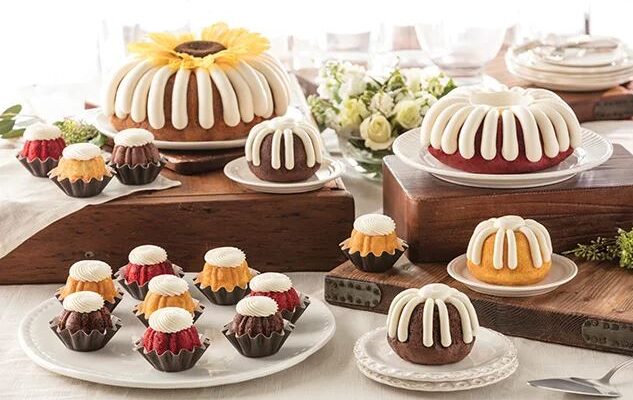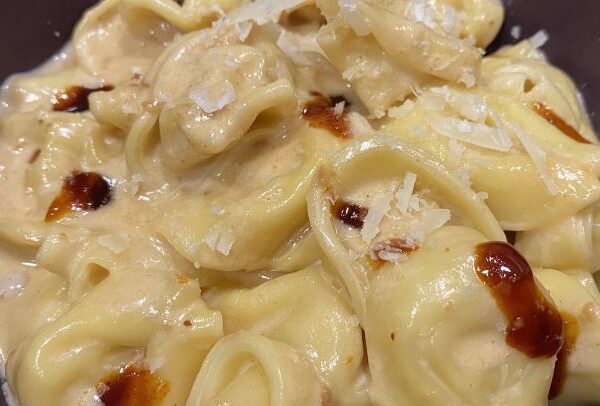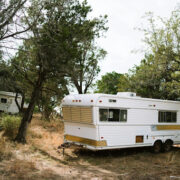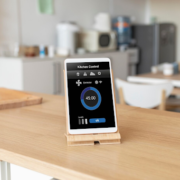An Introduction to Nothing Bundt Cakes
The delightful world of cakes boasts diverse flavors, shapes, and decorations. Among these delicious treats, a significant contender has captivated taste buds and hearts alike for decades: the Nothing Bundt Cake. A delightful treat with a unique donut shape, the Nothing Bundt Cake is known for its charming aesthetics and delectable taste.
The Historical Roots
The story of Nothing Bundt Cakes traces back to a traditional European cake, the Gugelhupf. This brioche-like cake has been a staple dessert in several parts of Europe for centuries. In its current form, the contemporary Bundt cake gained popularity in the United States during the 1950s and 1960s. Nordic Ware, a cookware manufacturer, played a pivotal role in popularizing Bundt cakes by introducing the trademarked Bundt pan, produced from cast aluminum.
Understanding the Name
The term “Bundt” might seem unusual at first. However, its roots lay in the German word Bundkuchen, a combination of Bund and Kuchen, meaning cake. While there are various interpretations of the word Bund, the commonly accepted ones suggest that it signifies a “bunch” or “bundle.” The term Bundt, therefore, encapsulates the idea of the dough being bundled around the pan’s tubular center.
The Design and Uniqueness
What sets Bundt cakes apart is not a specific recipe but their distinctive shape. The dough is poured into a Bundt pan with fluted or grooved sides and a hollow center. This design aids in even heat distribution, ensuring the cake is cooked uniformly, even when baking large quantities of batter.
The Rise of Nothing Bundt Cakes
Two American businessmen, H. David Dalquist and Mark S. Dalquist are credited with bringing the Bundt cake into the mainstream. They co-founded the cookware company Nordic Ware, which produced a modern version of the Gugelhupf dish at the request of Minneapolis Jewish-American Hadassah Society members. The pan’s success was not immediate. However, a significant breakthrough came when a Bundt cake named the “Tunnel of Fudge” won second place at the annual Pillsbury Bake-Off in 1966. This recognition led to a surge in demand for Bundt pans and, in turn, the popularity of the Bundt cake.
The Ubiquity of Nothing Bundt Cakes Today
Today, the Bundt cake has become a household name. Variations of the cake can be found in numerous bakeries and recipe books, each offering a unique spin on this traditional treat. Bundt pans are used for various culinary endeavors, extending beyond baking to shaping gelatin salads, ice creams, and even savory dishes like meatloaf. Nordic Ware has sold an astonishing 60 million Bundt pans across North America. The popularity of the Bundt cake is celebrated annually on November 15, aptly named “National Bundt Day.”
Conclusion
The Nothing Bundt Cake is more than just a dessert. It is a testament to the shared joy of baking, a symbol of gatherings, and a celebration of the simple pleasures in life. Whether you’re a seasoned baker or a newcomer, the art of making Nothing Bundt Cakes can offer an engaging and rewarding experience. At the same time, the result – a beautifully shaped, delicious cake – brings an irreplaceable sense of achievement and joy. So, try making a Nothing Bundt Cake, an experience that will surely be delightful!
FAQs
1. What is a Nothing Bundt Cake?
A Nothing Bundt Cake is a cake baked in a Bundt pan, which gives it a unique ring or donut shape. The name “Bundt” is a trademark held by the Nordic Ware company. Bundt cakes can be made with various recipes, but the common feature among them is their distinctive shape.
2. Where does the Bundt cake originate from?
The Bundt cake design is inspired by a traditional European cake called the Gugelhupf. The modern Bundt cake, as we know it today, was popularized in the United States in the mid-20th century by Nordic Ware.
3. What is special about a Bundt pan?
A Bundt pan has fluted or grooved sides and a cylindrical hole in the middle. This unique design allows for faster and more even heat distribution when baking large volumes of batter.
4. Can I use a regular cake recipe for a Bundt cake?
Yes, you can use a regular cake recipe for a Bundt cake. However, remember that Bundt pans hold more batter than a typical round cake pan, so you might need to adjust the quantities.
5. How do I prevent my Bundt cake from sticking to the pan?
To prevent the cake from sticking, thoroughly grease the pan before pouring in the batter. Some prefer to use a non-stick spray, while others prefer to use butter and flour. Make sure you get into all the grooves of the pan for the best results.
6. Why is it called a Nothing Bundt Cake?
The term “Nothing Bundt Cake” is often used to emphasize the simplicity and purity of the cake. It implies that the cake is a Bundt cake, focusing on the unique shape and taste that sets it apart from other cakes.
7. What occasions are Bundt cakes suitable for?
Bundt cakes suit various occasions, from casual get-togethers to formal events. Their unique shape makes them a centerpiece dessert, and they can be decorated in many ways to suit any theme or celebration.
8. What is National Bundt Day?
National Bundt Day is celebrated annually on November 15. It is a day to appreciate the Bundt cake’s unique design and the joy it brings to baking enthusiasts and cake lovers everywhere.
9. How long should I let my Bundt cake cool before removing it from the pan?
It’s typically recommended to let your Bundt cake cool in the pan for about 10-15 minutes. This allows the cake to be set and makes it easier to remove from the pan without breaking.
10. Can I make a Bundt cake without a Bundt pan?
Yes, you can make a Bundt cake without a Bundt pan, but you’ll need a round cake pan and a heatproof cup to mimic the Bundt pan’s distinctive ring shape. Remember that this method might not reproduce the intricate designs of a Bundt pan.










